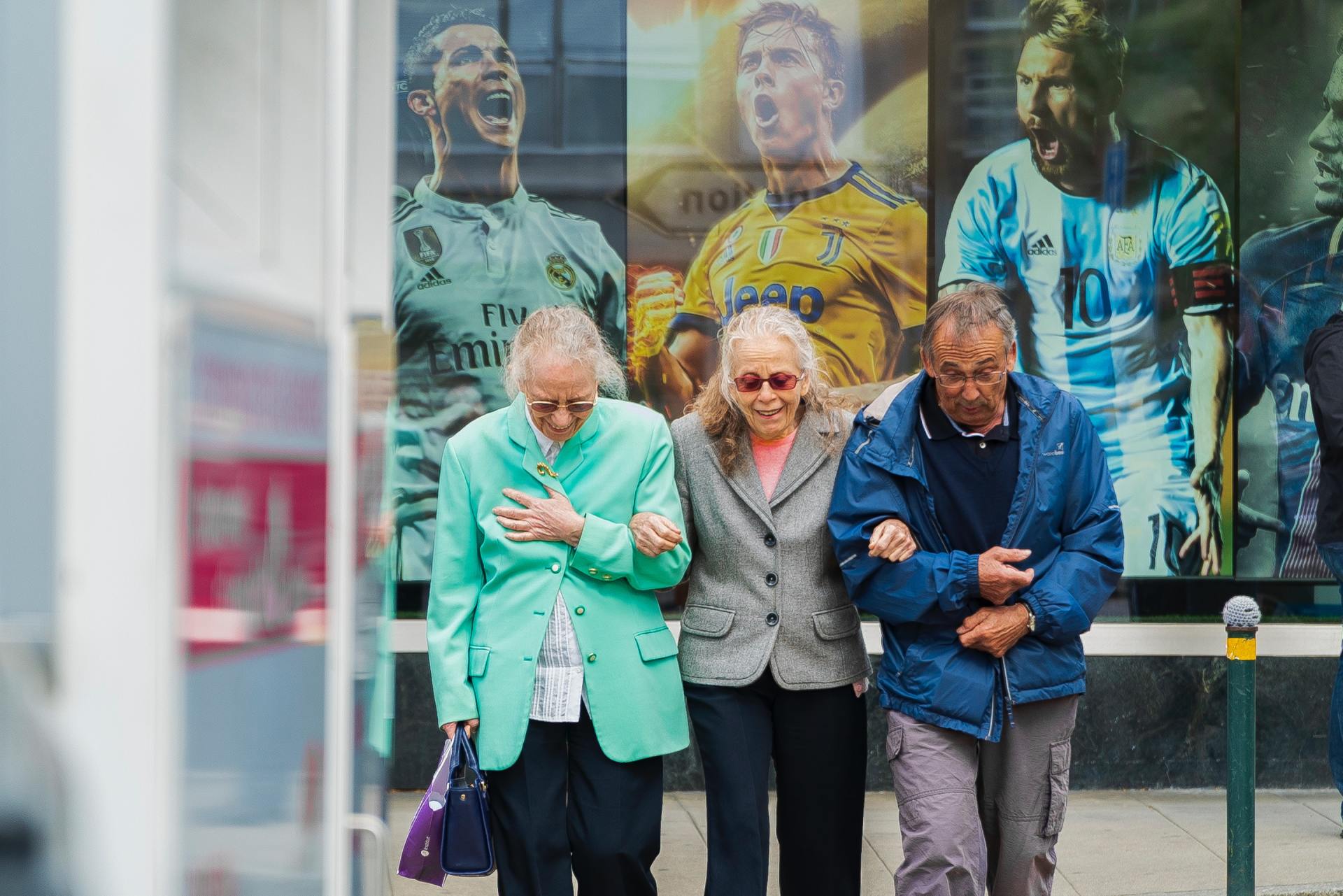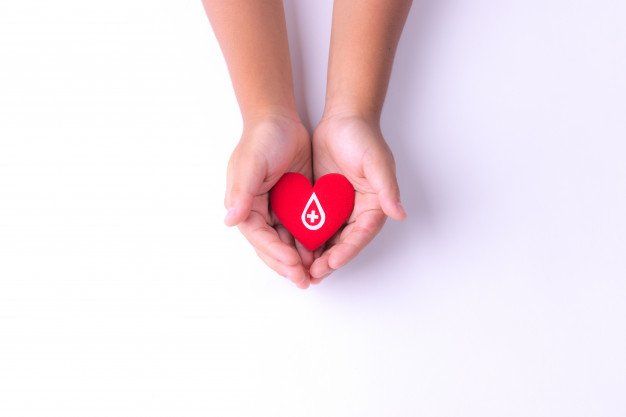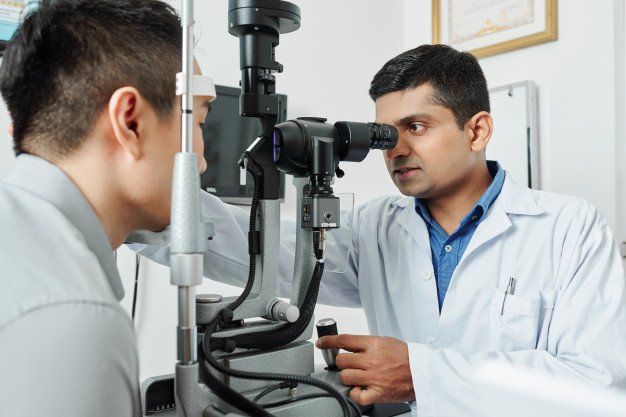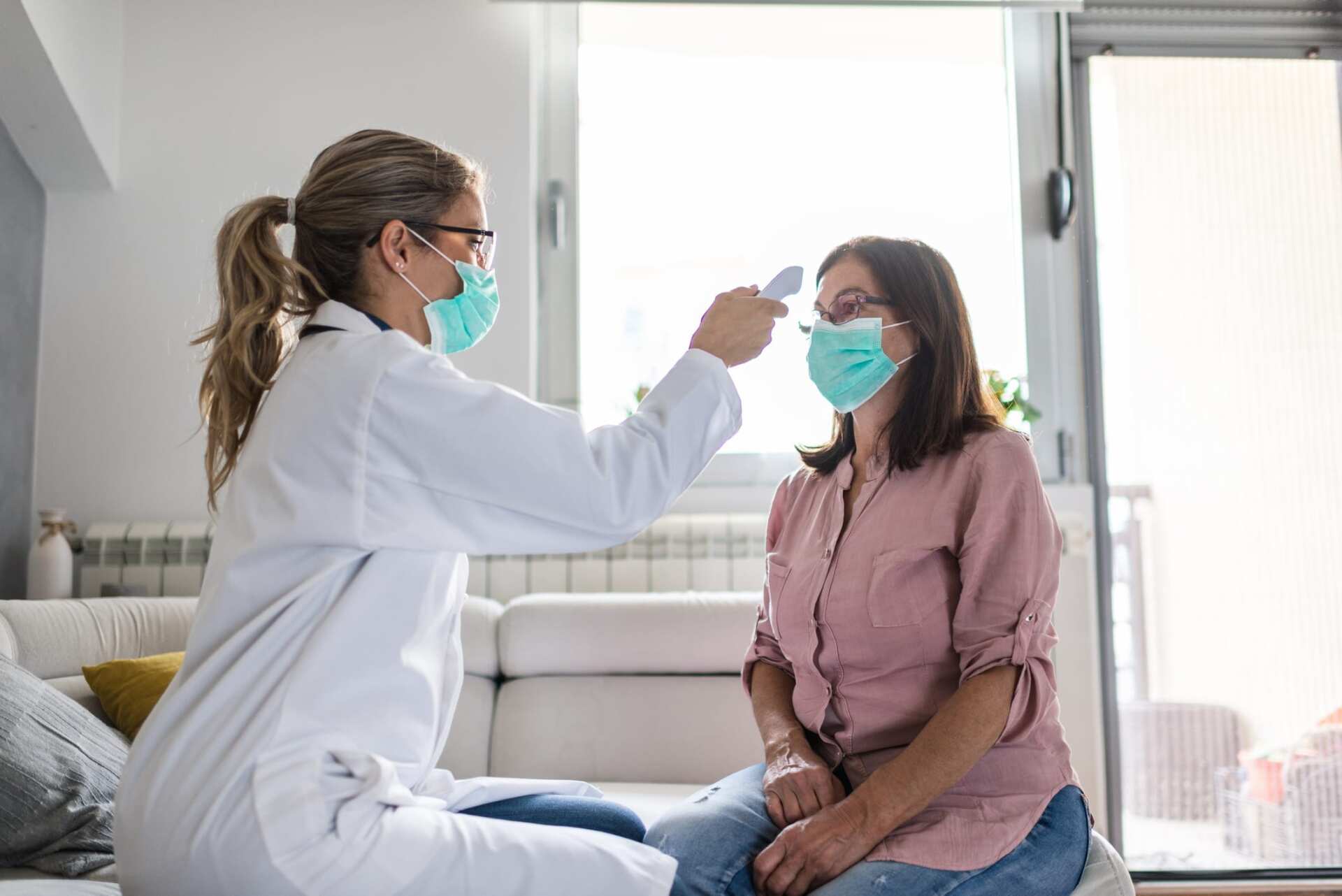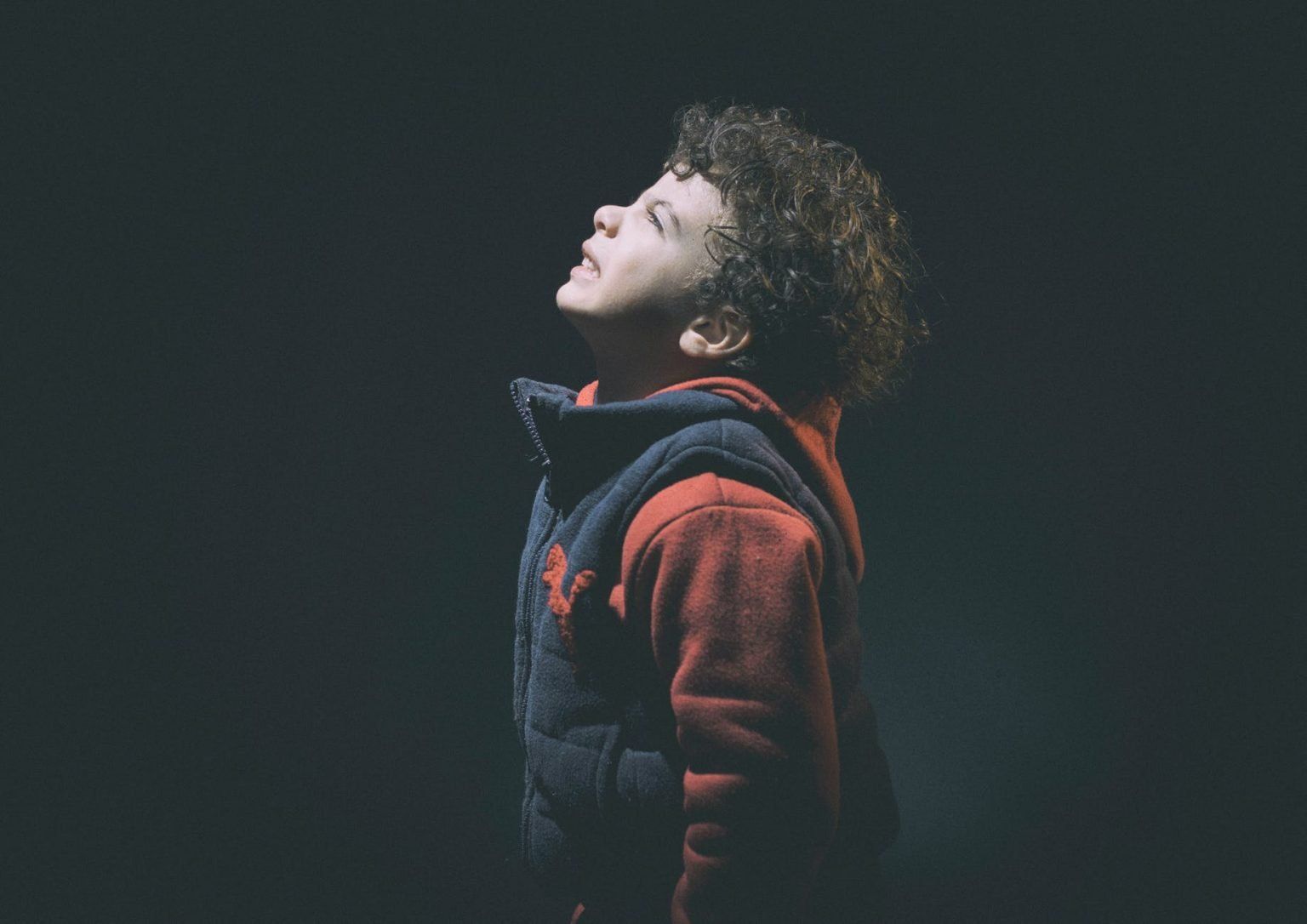What is Juvenile Idiopathic Arthritis?
What is Juvenile Idiopathic Arthritis?
Juvenile idiopathic arthritis (JIA), also formerly known as juvenile rheumatoid arthritis (JRA), is the most common arthritis found in kids and teens. It causes joint pain and inflammation in the body parts such as hands, knees, ankles, elbows, and/or wrists. [1] It is considered an autoimmune or autoinflammatory disease in which the immune system attacks the body’s cells and tissues.
Facts About Juvenile Idiopathic Arthritis (JIA)
- Cause is unknown : The exact cause is unknown, but what is known is that the immune system does not work properly and causes inflammation by attacking healthy joints.
- Symptoms vary : Pain and stiffness can change daily. If left untreated, it can affect the growth of bones and cause joint damage, muscle tightening, joint misalignment, and longer limb or shorter digits (fingers and toes). [2]
- Different Types of JIA
: Oligoarthritis (two different types) – 1 to 4 joints are affected by arthritis
- Polyarthritis (two different types) – more than 5 joints are affected
- Systemic arthritis – arthritis with fever and rash
- Enthesitis-related arthritis – arthritis and inflammation of tendon insertions
- Psoriatic arthritis – arthritis with psoriasis
- Other effects : Systemic arthritis is the most severe type of JIA that can cause inflammation of skin, liver, heart, and lungs. Eye disease is also closely linked to JIA.
- Rare arthritis in children : It is possible but uncommon for children to be diagnosed with the same types of arthritis as adults.
- JIA is a chronic condition : The disease can be controlled with medications, but it may not be needed if the symptoms do not persist (remission). Remission can last for months, years, or even a lifetime with the possibility of little to no joint damage.
Symptoms
- Joint pain or stiffness; may get worse after waking up or staying in one position too long
- Red, swollen, tender or warm joints
- Feeling very tired or rundown (fatigue)
- Blurry vision or dry, gritty eyes
- Rash
- Loss of appetite
- High fever
Health Effects
- Eyes: Dryness, pain, redness, sensitivity to light and trouble seeing properly caused by uveitis (chronic eye inflammation).
- Bones: Chronic inflammation and use of corticosteroids may cause growth delay in some children with JIA. Bones may get thinner and break more easily (osteoporosis).
- Mouth/Jaw: Difficulty chewing, brushing or flossing. More than half of children with JIA have jaw involvement.
- Neck: Inflammation of the cervical spine can cause neck pain or stiffness.
- Ankles/feet: Foot pain and difficulty walking.
- Lungs: Inflammation and scarring that can lead to shortness of breath and lung disease.
- Digestive Track: Abdominal pain and diarrhea.
- Weight loss or gain : Due to changes in appetite, there may be jaw involvement or exercising difficulties. Being overweight puts extra stress on the joints.
Treatments
Different treatments of the disease includes:
- Medications
- Drugs that relieve symptoms
- Surgery
- Non-drug therapies
- Physical therapy with assistive devices
There are also self-care activities that one can do such as: Healthy eating, hot and cold treatments, mind-body therapies, balancing activity with rest, and supplements.
It is important to regularly look out for symptoms of JIA. Please consult with a doctor if you experience any of the listed symptoms or have concerning health issues regarding JIA.
Sources:



